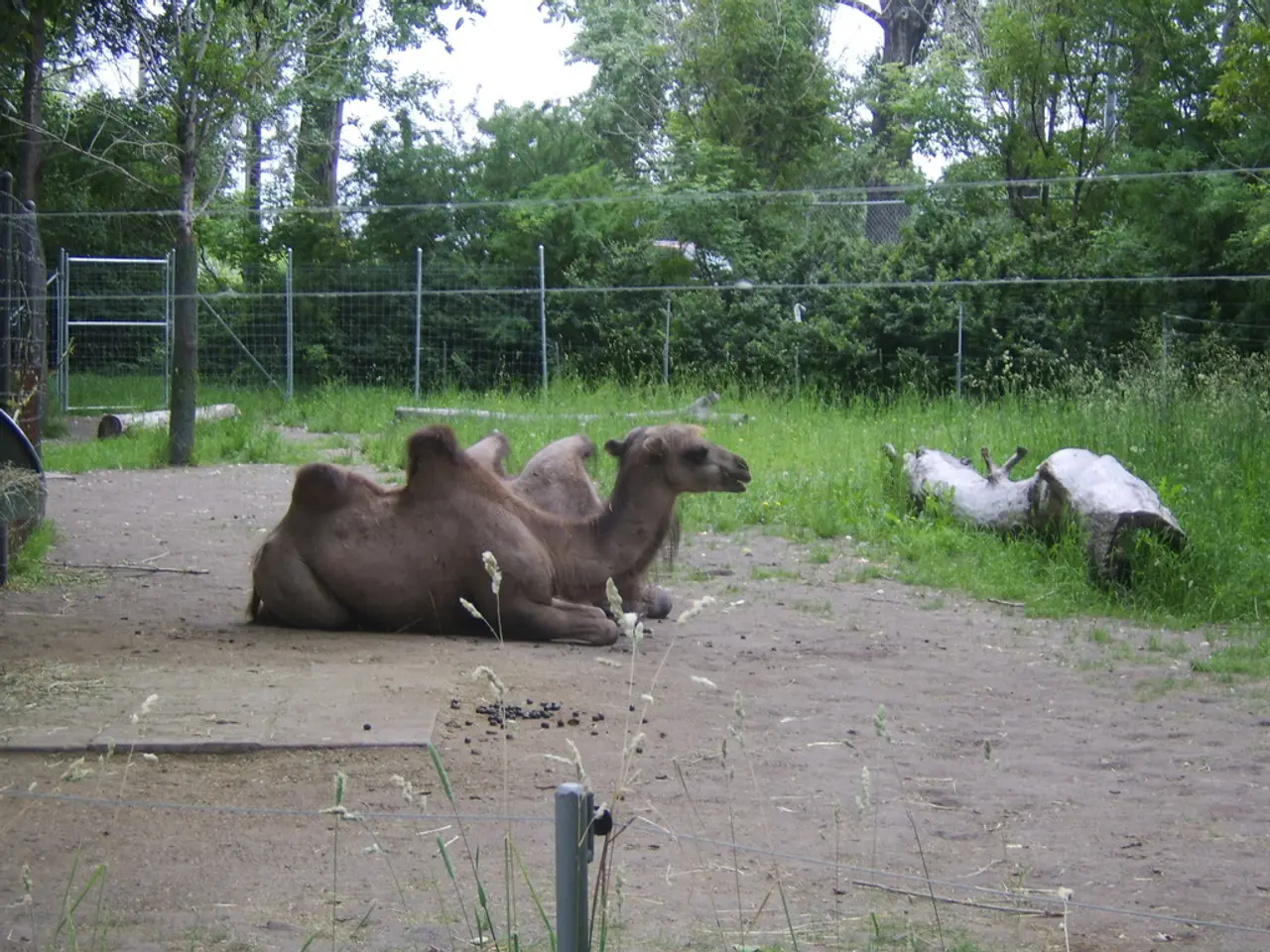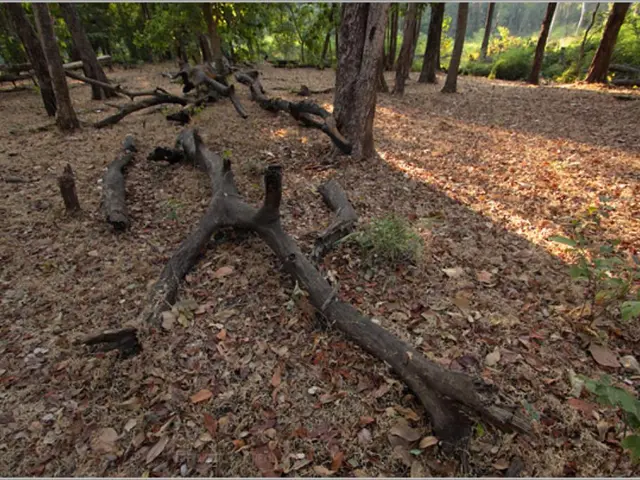Camels subsist on plant matter in arid deserts.
The Wild Camel Protection Foundation is dedicated to preserving the wild camels and their ecosystems, which are vital components of the world's desert landscapes. Camels, whether wild or domesticated, have evolved to thrive in some of the most inhospitable environments on Earth.
These resilient creatures have adapted to consume the toughest, driest, and least appetizing plants on our planet. Their habitats span across the Bactrian steppes and the Gobi desert, demonstrating their adaptability to various desert environments.
Camels have developed a unique method to access food in their sandy habitats. Using their strong lips, they brush away desert sand, exposing the edible vegetation beneath. This ability, combined with their tough mouths, allows them to chew through thorny plants without injury.
In camel society, food isn't just about survival; it also plays a significant role in their behavior and movement patterns. For instance, wild camels usually graze during the cooler parts of the day, such as early morning and late afternoon or evening, to avoid the midday heat in their desert habitats.
Unlike domesticated camels, wild Bactrian camels live in the Bactrian steppes and the Gobi Desert, where they rely on desert vegetation like thorny plants, dry shrubs, and tough grasses. Herds of camels migrate in search of food sources, traveling vast distances across the desert.
Camels have an incredible ability to store energy in their humps for times when resources are low, allowing them to go long periods without food. A well-fed camel is a strong camel, capable of carrying heavy loads and enduring long journeys without needing to eat frequently.
Newborn camels start life drinking milk, but as they grow, they learn to eat whatever their surroundings provide. Both domesticated and wild camels have the ability to extract nutrients from dry vegetation, making them incredibly efficient at surviving on minimal food.
Domesticated camels, such as Arabian camels and domesticated dromedary camels, are fed grains, hay, and dried grasses by humans in captivity. In contrast, wild camels do not have the luxury of a managed diet and must search for food in extreme conditions.
Camels have another remarkable ability: they can drink salty or brackish water without harm, a rare trait among mammals. Furthermore, wild Bactrian camels can even eat salty plants that most animals would avoid, which helps them survive in harsh desert environments.
These adaptable creatures continue to amaze scientists and conservationists alike with their resilience and ability to thrive in some of the most challenging conditions on Earth. The Wild Camel Protection Foundation's work is crucial in ensuring these fascinating animals and their ecosystems continue to flourish for generations to come.
Read also:
- Impact of Alcohol on the Human Body: Nine Aspects of Health Alteration Due to Alcohol Consumption
- Understanding the Concept of Obesity
- Tough choices on August 13, 2025 for those born under Aquarius? Consider the advantages and disadvantages to gain guidance
- Microbiome's Impact on Emotional States, Judgement, and Mental Health Conditions








